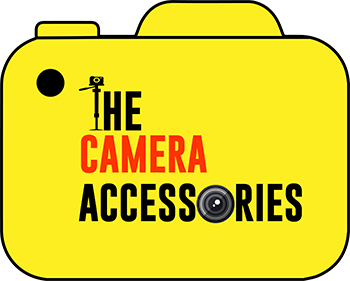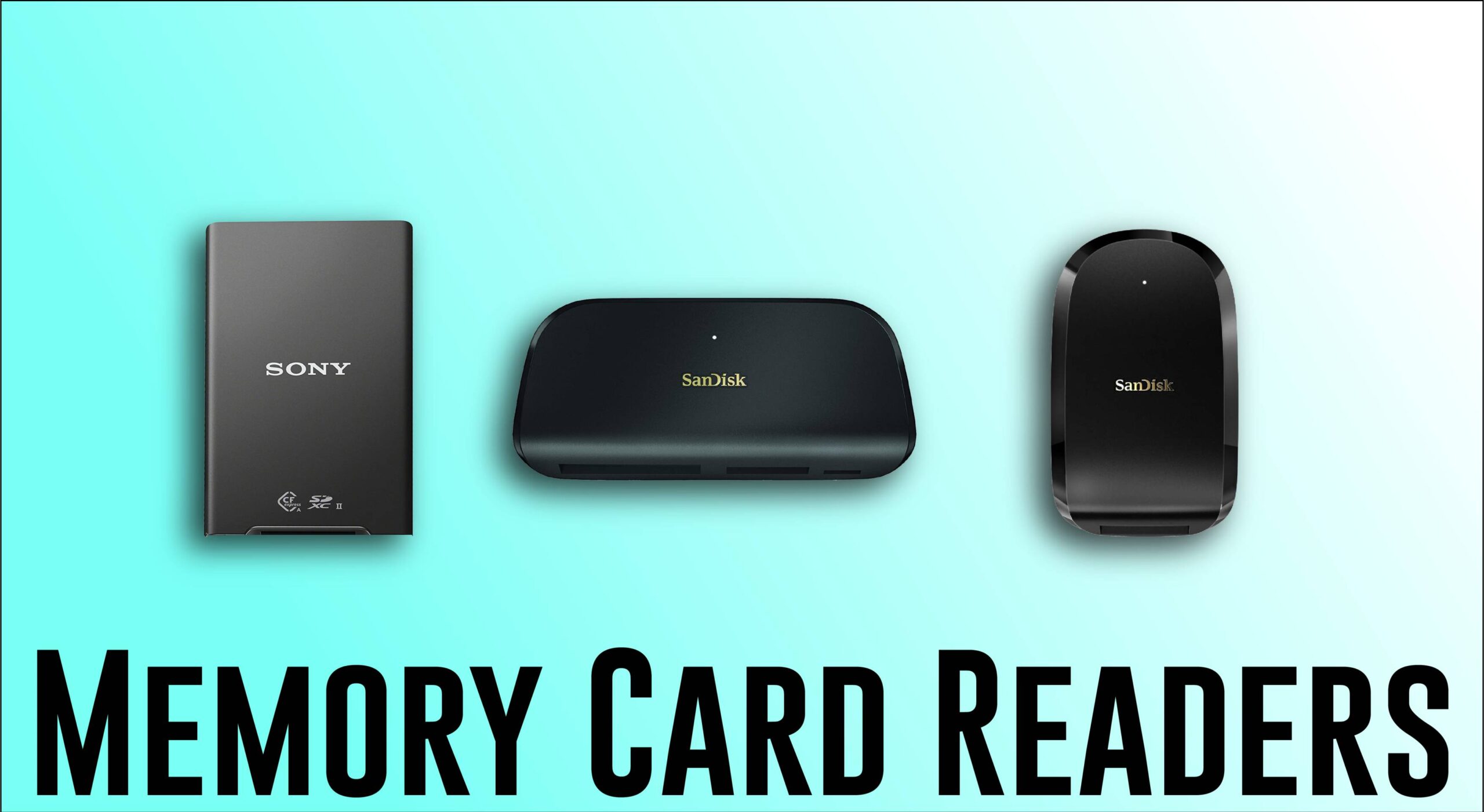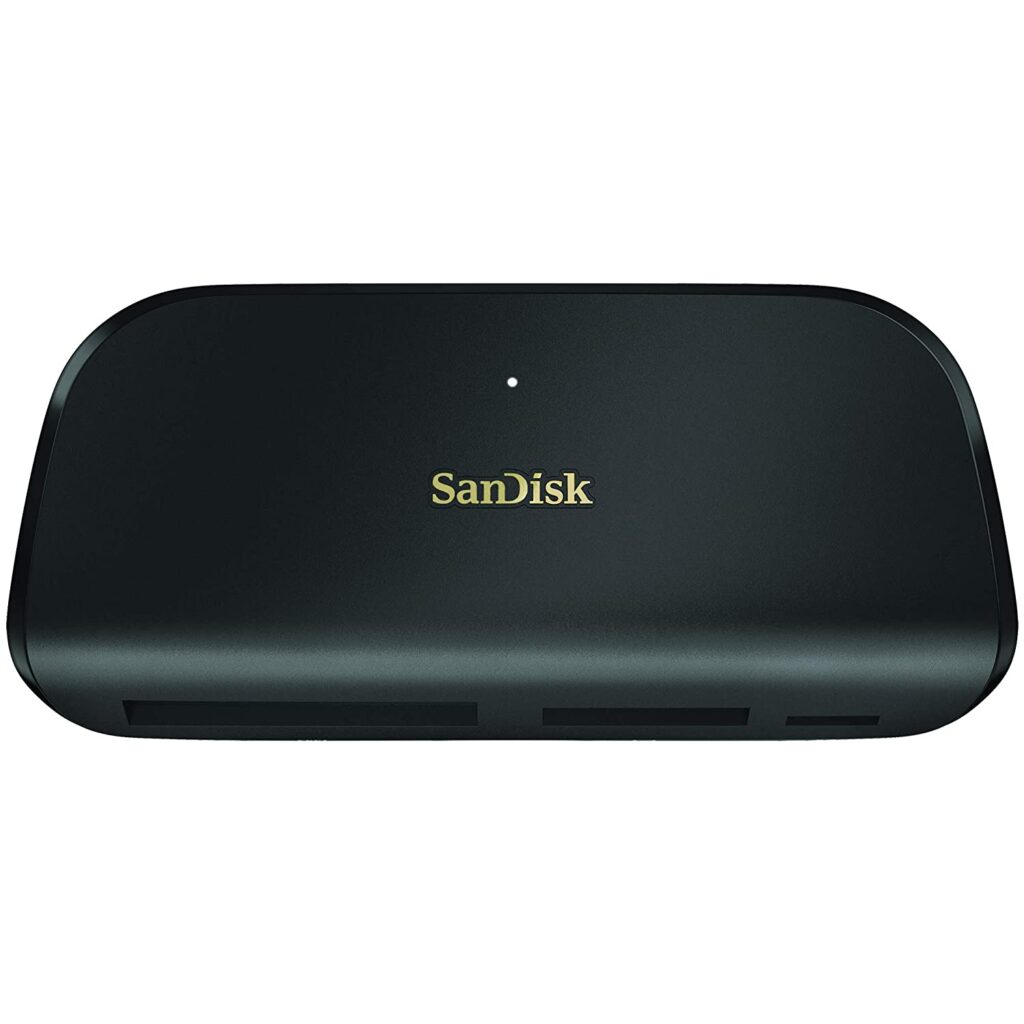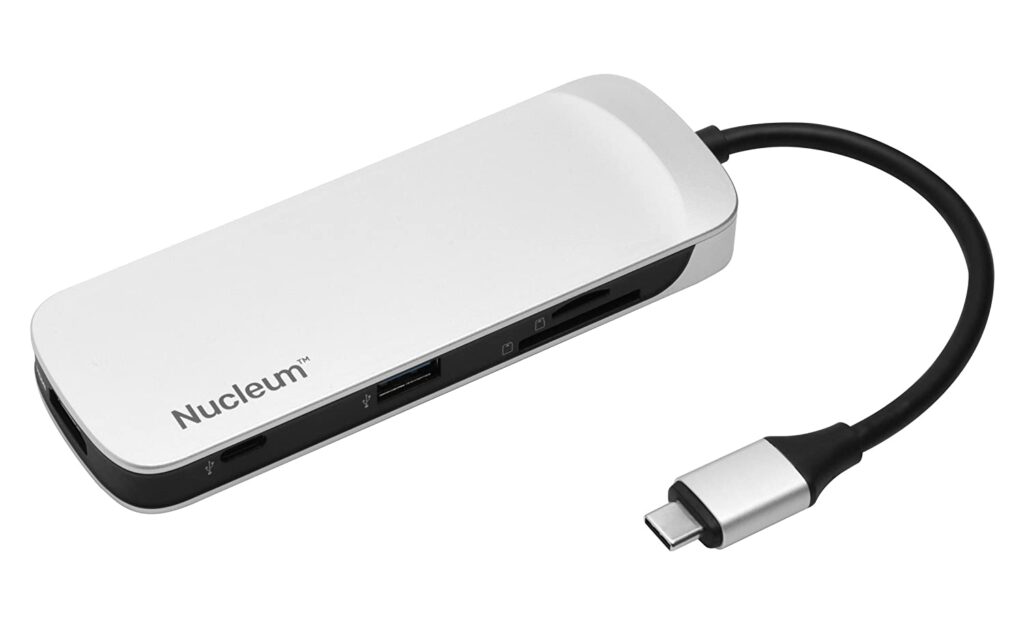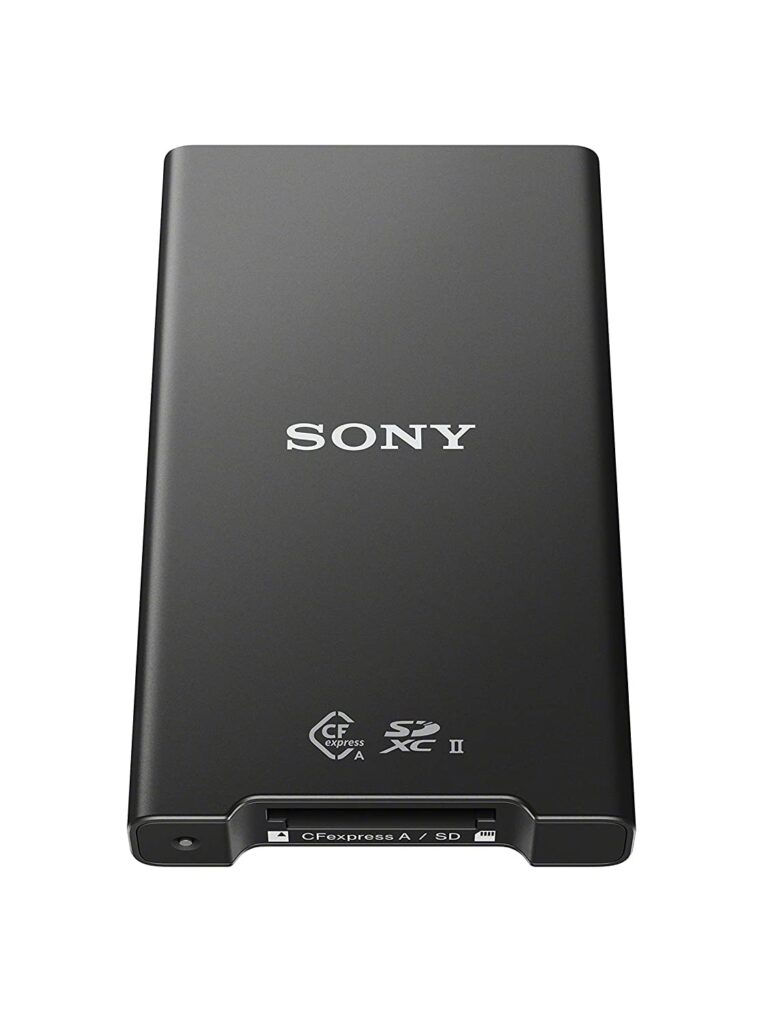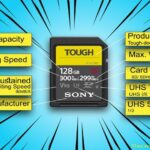Memory card readers are not the erotic topics to deliberate on in photography, but each camera uses a memory card, and I’d challenge you to say that it is one of the most significant objects in your camera bag.
Without a card, you have no pictures. So, calming by hand on memory cards and knowing which one is correct for you and for your camera is honestly significant.
What type of memory card reader is best? Does fixing speed matter? Does it matter what type of card reader I buy? Must you format the card or remove all pictures?
Greatest Memory Card Readers for picture and Video Transfer
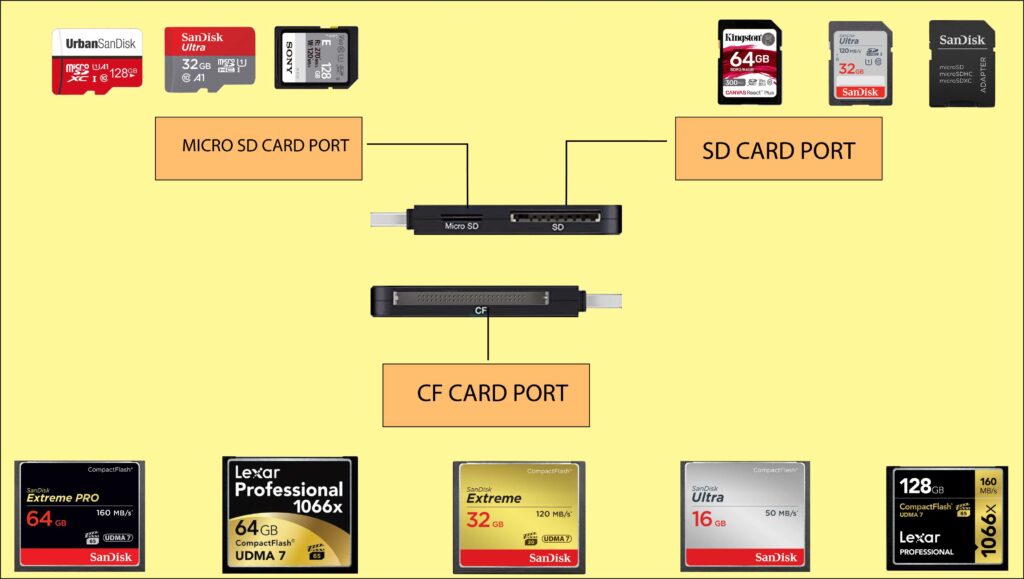
In a photographer’s workflow, one of the most vital gears is how you switch your image files. Memory cards readers, hard drives, external storage, cloud storage…There’s a lot to think about!
We endlessly place heavy stress on joblessness and support up pictures, but we shouldn’t supervise the one large stage between detention and packing/backup. By what method do we send our images from our camera to our computer?
This step can influence the care of our memory cards and the picture files themselves, not to mention how much time we spend executing the job of transferring.
Fortunately, moving images is now so much easier, faster, and safer than it was in the main days of numerical photography; acknowledge the wide change in memory card technology and the person who reads nearby.
Whether you’re a hobbyist or a professional photographer, don’t underestimate the importance of this indispensable piece of gear!
Selecting the finest memory card reader for your effort flow rates serious thought, and, the help you available.
In this blog, we’ll tilt our favorites based on issues with transmission speed, compatibility, build excellence, and other parts to assist you in making a knowledgeable buying decision.
Type of connection of memory card readers

There are several accessible adapters that convert the USB-C plug that a lot of card readers use for connecting to a computer to a standard USB plug.
USB speed
While USB 3.1 Gen 2 is twice as quick as Gen 1, few readers and memory cards are sufficiently quick to make use of it.
UHS-I versus UHS-II
All of those readers are compatible with UHS-II SD cards, which are quicker. UHS-II cards are able to be read using UHS-I card readers, but they take longer.
Wire it.
A USB cable that is hardwired into the reader body is utilized by certain readers, which could prove challenging if the cable ever suffers damage.
Added ports
A card reader or hub is required, as more recent laptops feature fewer and fewer ports on both sides.
SanDisk Image Mate Pro Multi- Memory Card Reader
The Image Mate Pro appears like an expensive gadget—an expensive memory card readers as it is solid and heavy enough to sit on the tabletop. And here is where it belongs since, according to card reader standards, it is ample at 122 x 58 x 17mm.
Triple card slots—CF, UHS-II SD, and MicroSD—are arranged neatly across the front of the gadget. This detachable USB Type-A cable is covered, so if you’d like to connect it to a USB-C port, you’ll have to buy an adaptor.
Video transfer speeds of 252 MB/s read and 210 MB/s . write while testing via a UHS-II SD card were excellent and like those of the more expensive ProGrade Digital USB 3.1 Gen 2 Dual-Slot Card.
Card types supported: UHS-I & UHS-II SD, SDHC, SDXC, microSDHC, microSDXC, DenseFlash
USB speed: USB 3.1 Info 1
Connection type: USB Type-A
Pros
- Fast for UHS-I and II SD cards
- Compact build
- Strongly priced
Cons
- Slightly bulky for mobile use, Not USB 3.1 Gen 2 or Type-C
Sandisk Extreme Pro CFexpress Card Reader
Around the same size and shape as a computer mouse, Sandisk’s Extreme Pro CFexpress memory card readers is a designed piece of kit. The mechanism-loaded memory card slot has a fair act too, with a calm push of the memory card person who reads it ejecting it from the reader.
In our problematic situation, this person who reads hit a vast and inspiring 718 MB/s continued read speed when moving one large 4K video file. Picture read/write rates of 534/410 MB/s are just as unbelievable, simply eclipsing the wildest UHS-II SD cards.
The only minor dissatisfaction is that CFexpress cards achieve smoother and higher transfer speeds (active to 1700 MB/s). The bottleneck here is likely the reader’s USB 3.1 Gen 2 connection, which, though very fast, can’t keep up with the blistering performance available from CFexpress cards. But if you can live with that, this Sandisk CFexpress reader is a superb choice.
Card types supported: CFexpress Type B
USB speed: USB 3.1 Gen 2
Connection type: USB Type-C
Pros
- Vastly fast
- Enjoyable build and design excellence
Cons
- Only for CFexpress
- Expensive next to SD readers
- Held back by USB 3.1 Gen 2 connection
Kingston Nucleum USB Type C Hub
Since most contemporary computers, including the MacBook Pro, have given up every port apart from Thunderbolt/USB Type-C, it is probable that you have difficulty connecting to items other than the memory card readers.
In Kingston’s Nucleum, an expensive, metal-encased hub that features two USB Type-A ports, a full-size HDMI port, and two USB Type-C ports, one of which serves as a power outlet for your MacBook’s charger, SD and MicroSD connections are available. All this ability is given by a tiny, connected device that is a little larger than a few standard card readers and ends in a USB Type-C connection.
Although UHS-II legal, the SD slot was able to achieve slow video read and write rates on our UHS-II test, 189 MB/s and 179 MB/s, respectively.
Card kinds maintained: UHS-I & UHS-II SD, SDHC, SDXC, microSD, microSDXC
USB speed: USB 3.1 Gen 1
Connection type: USB Type-C
Pros
- Extremely versatile
- Best feel
- USB Type-C
Cons
- SD slot not as reckless as rivals
Sony MRW-G2 CFexpress Type A / SD memory Card Reader
Because the Sony a7S III was the first camera to make use of the CFexpress Type A memory card format (the larger Type B cards had previously been widely utilized), Sony’s CFexpress Type A/SD Card Reader came out at the same time.
It’s hardly surprising that this reader is ridiculously costly considering how Type A cards and memory card readers became available and the fact that few manufacturers now produce them.
It at least offers a fast USB 3.2 Gen 2 interface with a theoretical maximum transfer speed of 1250 MB/s, which is more than fast enough to support the full capacity of an 800 MB/s CFexpress Type A card.
In an effort to improve flexibility, the MRW-G2 card reader additionally supports SDXC/SDHC UHS-I and UHS-II cards. That helps a little to clarify the high price tag.
Card kinds supported: CFexpress Type A
USB speed: USB 3.1 Gen 2
Linking type: USB Type-C
Pros
- USB 3.1 Gen 2
- Actual slim
- CFexpress and SD versatility
Cons
- too much expensive
Conclusion
When taking a memory card from the reader after ending up with it, you have to eject it from the computer, as you’d do with an external hard drive. Never pull away a card or an opening reader when the transfer is in progress; doing so could result in data loss and/or card damage.
It is best practice to reformat the card using the gadget you plan to use it with, yet you can remove the data or format the card using a computer. On our dedicated web page, you may discover more about utilizing memory cards.
ALSO READ : Everything you need know about a memory card types and classes!!
